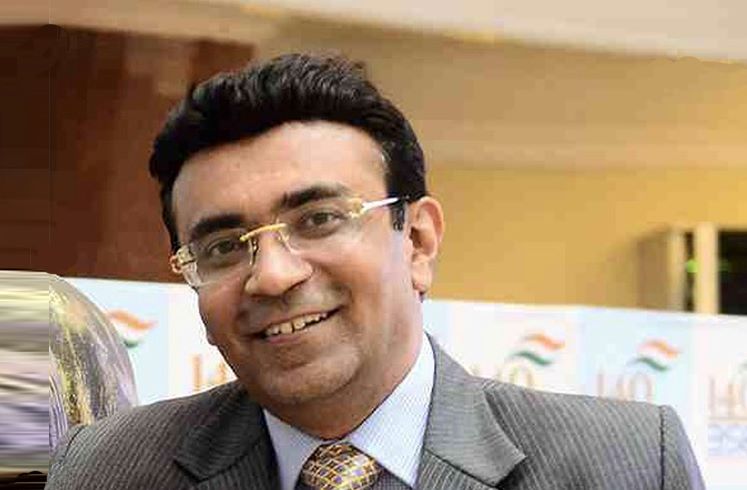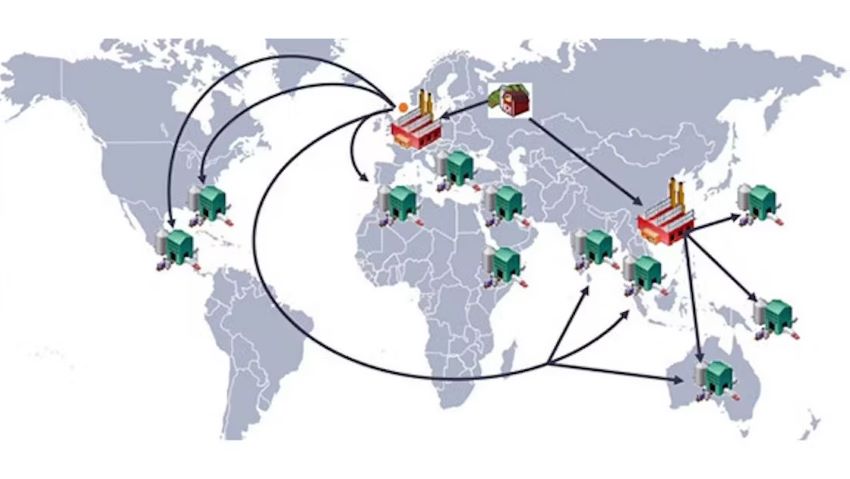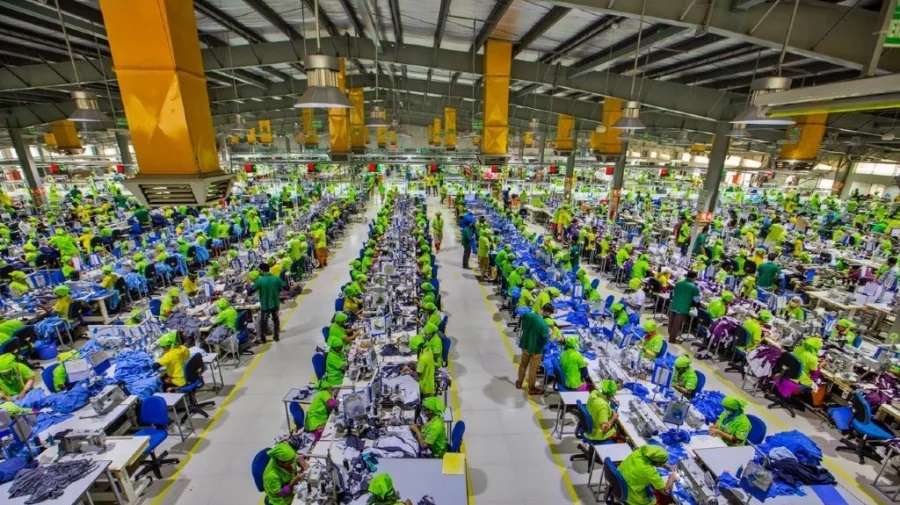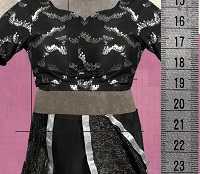 In January this year, the Kerala government introduced a ‘fat tax,’ on certain food types not suitable for consumption. The tax aims to curb consumption of unhealthy foods in India. In fashion, especially couture, the tax refers to the practice of charging extra for clothes in bigger sizes.
In January this year, the Kerala government introduced a ‘fat tax,’ on certain food types not suitable for consumption. The tax aims to curb consumption of unhealthy foods in India. In fashion, especially couture, the tax refers to the practice of charging extra for clothes in bigger sizes.
Fat tax helps designers, who have to forgo their profit margins to provide larger sizes, connect with customers who have to pay extra to clothe themselves suitably. Designer aggregator stores in India like Fuel, Pernia’s Pop Up Shop, and Aza usually stock extra-large pieces for three months without guarantying sale, which makes it difficult for designers to send them multiple pieces in a variety of sizes. Luxury women’s wear brand Papa Don’t Preach doesn’t make plus-sized clothing if not demanded by a customer at its store. The brand does not stock more than two to three pieces of a particular design at any given time, since it’s made to measure.
Additional raw material costs hinder production of plus sizes
One reason designers shy away from producing large size clothes in India is because they require more raw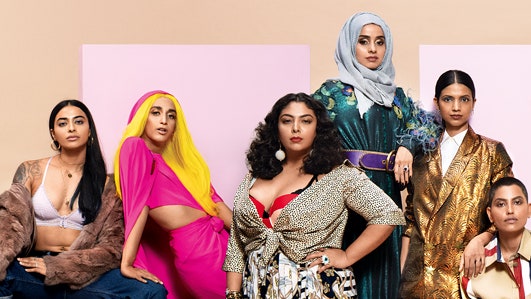 materials which increases their production costs. Shubhika Sharma, Founder and Creative Director of Papa don’t Preach, believes this cost needs to be borne by designers as the actual additional costs aren’t that steep. However, in India luxury designers try to control their production costs by using cheaper raw materials, says local fashion watchdog Diet Sabya.
materials which increases their production costs. Shubhika Sharma, Founder and Creative Director of Papa don’t Preach, believes this cost needs to be borne by designers as the actual additional costs aren’t that steep. However, in India luxury designers try to control their production costs by using cheaper raw materials, says local fashion watchdog Diet Sabya.
As a lot of the embroidery work being done today on garments is machine-based and the fabrics are procured from China at throwaway prices, designers’ justification for charging extra for more fabric, embroidery, etc does not stand, points out Neelakshi Singh, Professor, National Institute of Fashion Technology and Pearl Academy. Sharma adds, designers do not make a loss making an XL size for a paying customer. Though the cost of embroidery does increase marginally it can be accommodated in the original price. Sharma advises designers to learn from growing sustainable fashion movement and apply it to plus-size production.
Resizing can help write off fat tax
For emerging designers, staying in business, means catering to the average, the middle — the S through L sizes. However, these sizes don’t generally fit Indian bodies, points out Sharma. For them, tops and bottoms have different sizes and an L size garment made for Indian body type won’t fit any other customer. This is because in India, plus size individuals actually belong to the mid-sizes that are more affordable for customers and more profitable for designers. Hence, if the current measurements are resized according to Indian bodies, it could help to write off fat tax completely.
Such an initiative has been introduced by the National Institute of Fashion Technology (NIFT) in partnership with the Indian Ministry of Textiles. Together, these two bodies are carrying out a National Sizing Survey that will measure 25,000 men and women across six major cities in the country, in the age group 15-65 years. The survey aims to make the ready-to-wear fashion industry more aware of Indian sizes. Though some industry leaders including Vishakha Bhaskar, Co-founder, Angrakha are skeptical of these efforts, it’s not too late for the Indian fashion industry to revolutionize the concept of plus size in India.



